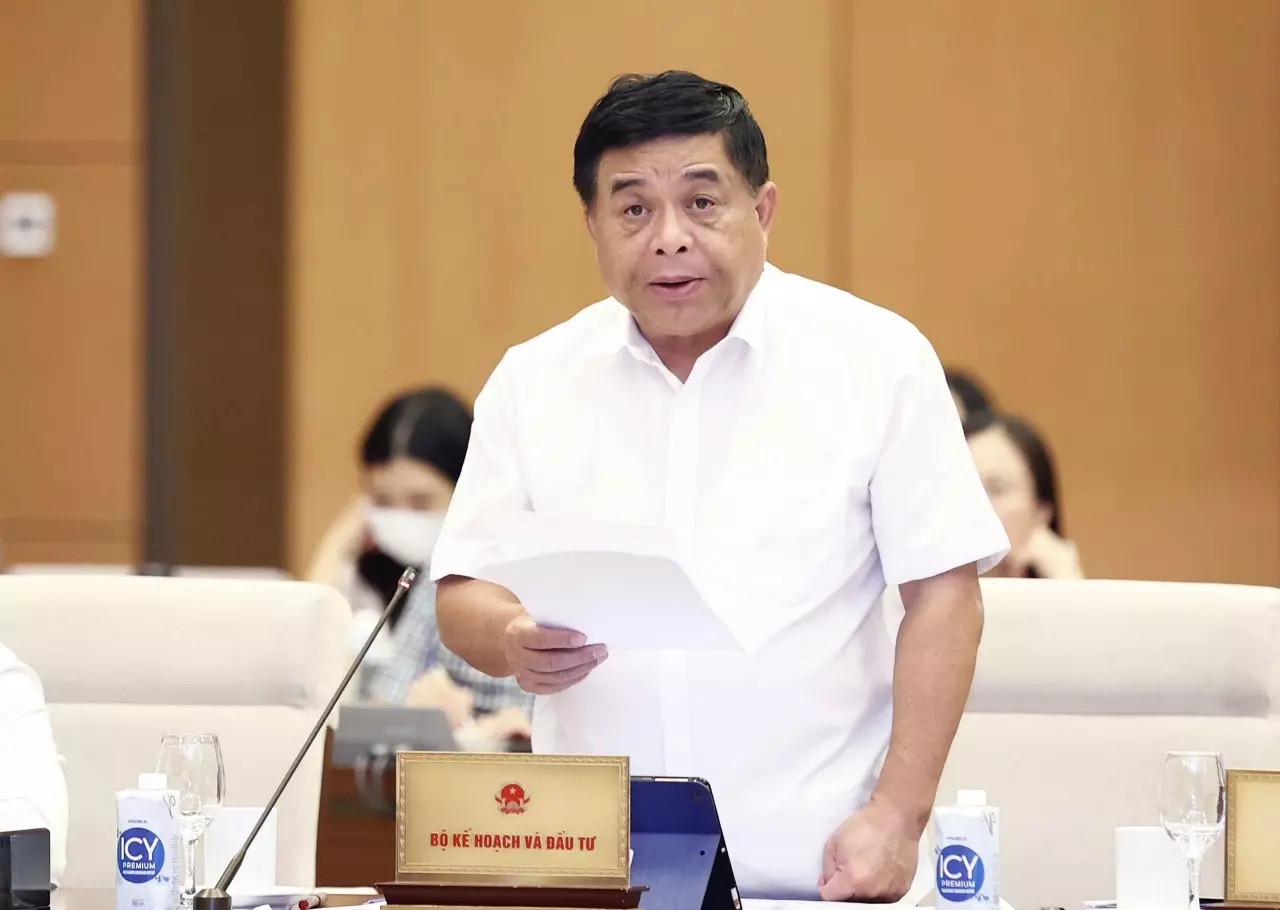
On August 9, the National Assembly’s Steering Committee gave opinions about medium-term public investment plans using the State budget in 2021-2025 (Phase 3).
According to Minister of Planning and Investment Nguyen Chi Dung, the government will consult the steering committee about 114 projects with total capital of VND96.321 trillion before allocating capital in the medium-term public investment plan in 2021-2025.
Chair of the NA’s Finance and Budget Committee Nguyen Phu Cuong said the total capital that the government has to report to the NA’s Steering Committee for opinions is VND455 trillion. The capital left after the submission of Phase 3 projects is VND355 trillion.
According to Cuong, the majority of members of the committee said after one year since the NA released a resolution on medium-term public investment in 2021-2025, the allocation of capital and assigning of plans to ministries, branches and localities has yet to be completed.
Saying that capital allocation is slow and affects the medium-term investment plan, Cuong urged the government to complete investment procedures and allocate the remaining capital. This needs to be completed by December 31. After that, all the remaining capital will be put into the general reserve fund to strengthen discipline in managing and using public investment capital.
NA Chair Vuong Dinh Hue said that the VND355 trillion which has not been allocated is a big amount and the government needs to explain the high figure.
Mentioning the economic recovery stimulus plan worth VND347 trillion, Hue said the plan has a big budget for investment, but the government has yet to submit the investment portfolio. Meanwhile, at his working sessions with localities, he was informed that localities have submitted detailed plans and have reached agreements with ministries.
According to Dung from the Ministry of Planning and Investment (MPI), regarding the VND355 trillion worth of capital which has not been allocated, the government plans to submit the capital allocation plan to the National Assembly's Standing Committee this week. A list of projects under the economic recovery program will also be submitted.
Regarding slow disbursement, Dung said in addition to problems over the last 7-8 years, there were some special causes in 2022, including the building material price increase (20 percent on average).
Meanwhile, contractors mostly sign package contracts, so the more they implement projects, the bigger losses they will take. So, contractors now are waiting to see if the government will release a new policy on project adjustments.
Local authorities are reluctant to deal with procedures related to land, site clearance and investment procedures.
Thu Hang